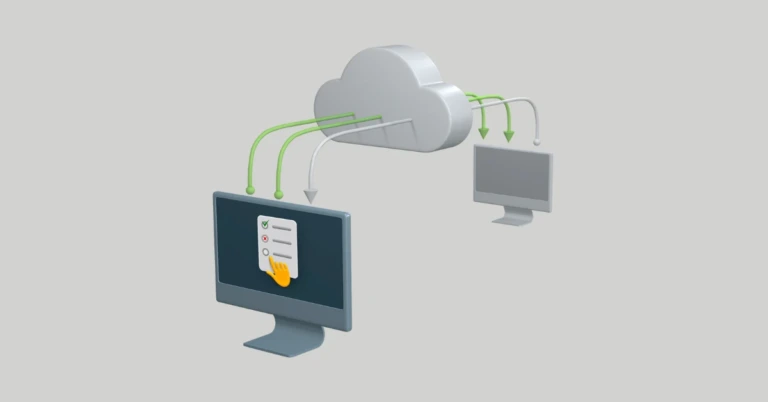
How P2P works to remove silos
It’s hardly a new dilemma but not one that a 21st-century enterprise should be proud to be still struggling with. In this blog, we will see how P2P works to remove silos.
It’s very typical of a Purchase-to-Pay (P2P) program that there is a conflict between costs and benefits. The motivation behind better P2P is to conduct a business more safely, mitigate fraud risks, reduce process costs, reduce prices, etc. But the benefits, unlike the costs, are spread across the business. So, should IT pay the price of a P2P program? Should Procurement? Or is it Finance? The business case will always stack up at a corporate level – it’s a no-brainer – but building a business case that will fly within one of the siloes is less straightforward.
This is a serious issue. Siloed thinking prevents businesses from doing the right things even when all the siloes are absolutely aligned on the right thing to do.
New business paradigm on the rise
How is this problem overcome? There’s a simple answer for old-world organizations and a slightly more sophisticated answer for the more switched-on businesses.
For old-world organizations (and I hope that’s not putting them down too much – the fact is, many businesses, especially large global businesses, are still in the 20th century), the answer is to raise the issue above the siloes. Programs like P2P that deliver a broad and important corporate benefit should be funded and sponsored at a corporate level. Boards should understand this. They need to see that P2P is not a finance thing; it is not procurement or IT thing; it is a corporate thing that they cannot afford to ignore. It’s been said many times: the executives that choose not to invest in P2P are culpable when serious corporate fraud happens and they should fear the shareholder meeting when investors call them out for lack of investment in safeguarding the business.
For the more sophisticated business – the business that has embraced the 21st century, the business that is fortunate enough (or canny enough) to be thriving and can afford to invest, there’s another answer. And this is all to do with the new business paradigm.
Out of the P2P compartments
No one can take credit for this new model, it is emerging as a result of the convergence of some powerful technologies and it’s a model that solves the problem of siloed thinking. It will fundamentally change some well-established business conventions.
To summarise the model, siloes exist because organizations are compartmentalized. Finance, for example, does what it does and it has tools, technologies, and conventions that are unique to Finance. Same for Procurement. There are procurement systems, procurement processes, and procurement professional qualifications. Our personal lives were much the same 20 years ago. We did work. We went home. We watched the TV or we’d listen to music. We might have played a computer game. These were all separate activities. Today, we use gamification in our business technology, consume entertainment on our phones and work at home. The convergence of consumer technology is a clue to how the barriers separating business siloes are falling.
There is only one bucket
Businesses are becoming more connected and that is due in part to the maturity of technologies. And alongside that growing maturity, the concept of siloes is becoming archaic. The idea that a wider corporate business benefit is somehow someone else’s problem to solve is becoming increasingly absurd.
Squaring the circle of the benefits bucket being different from the cost bucket is easy to resolve when there is only one bucket. To be more precise, it’s not a problem that is easy to resolve within the new business model, the problem no longer exists.








